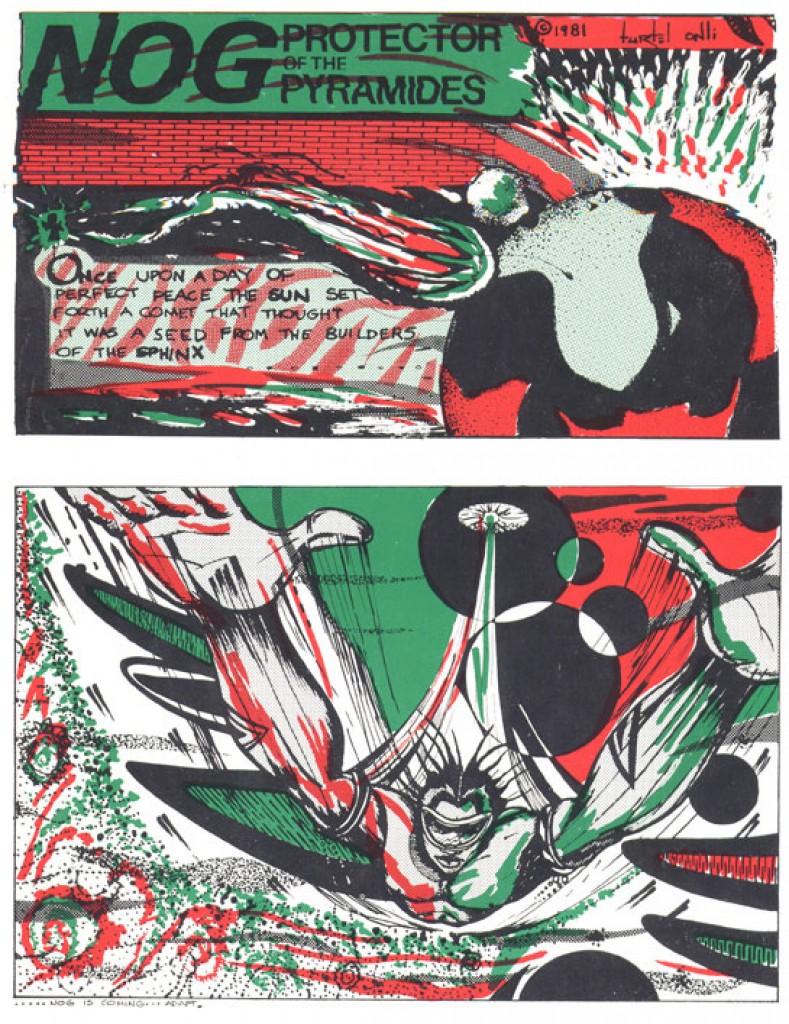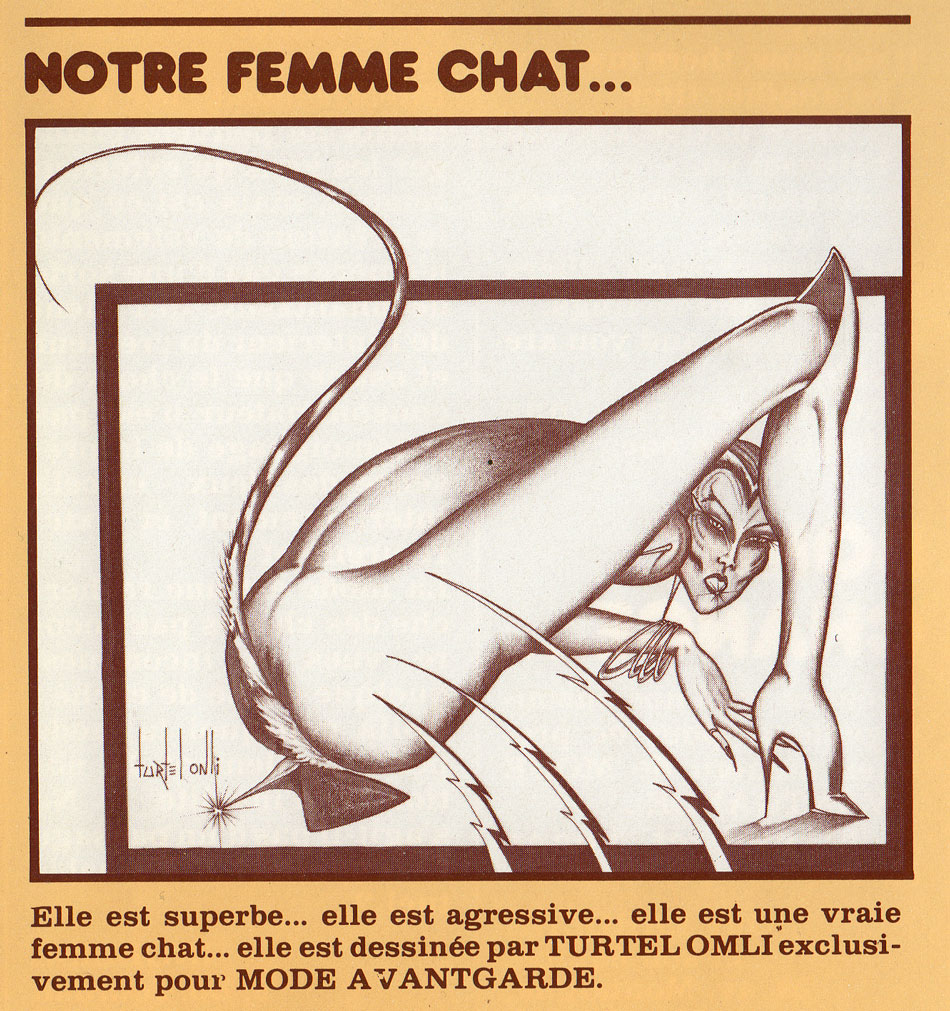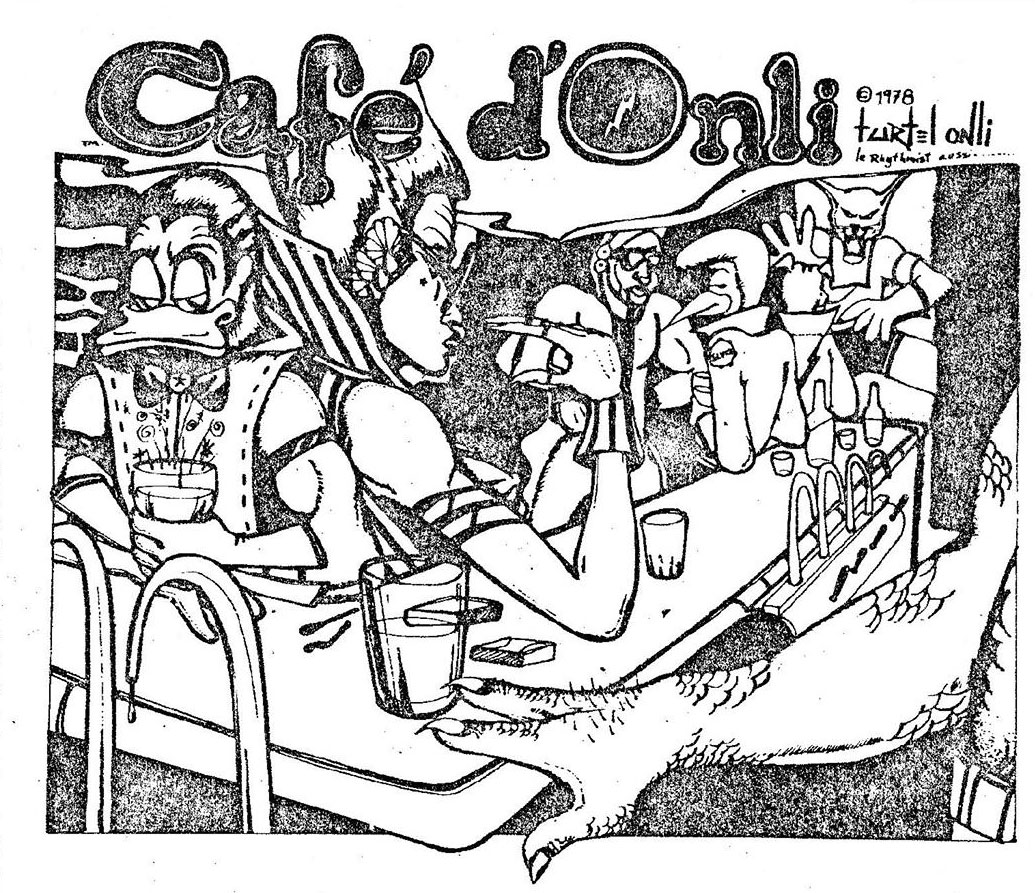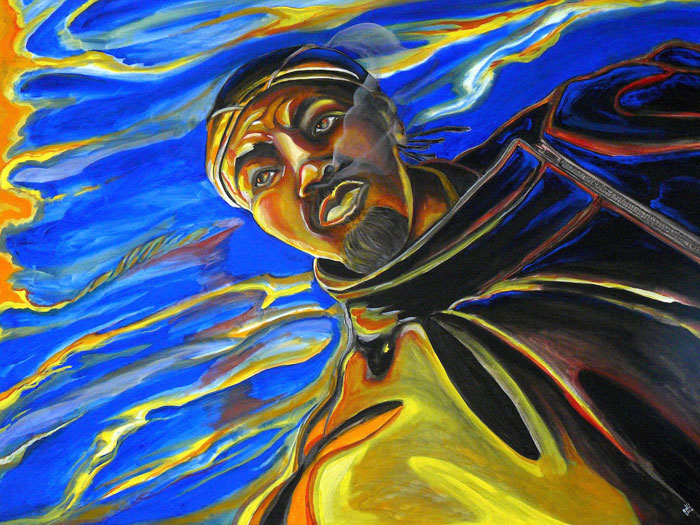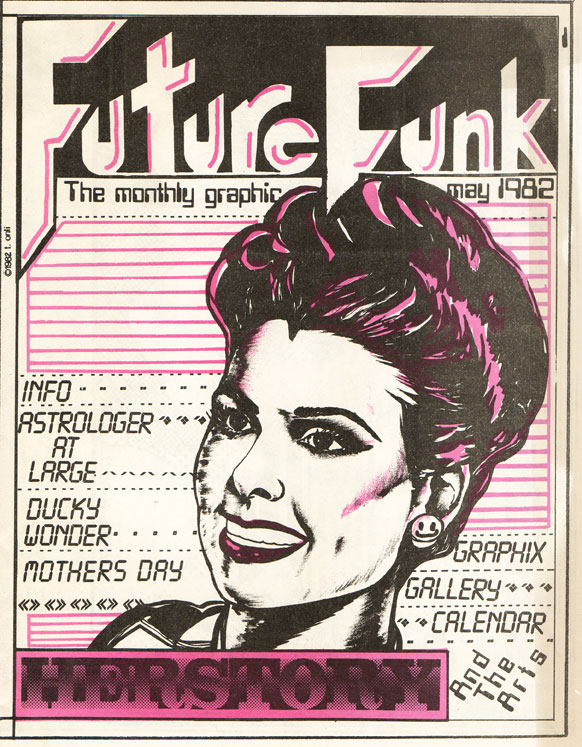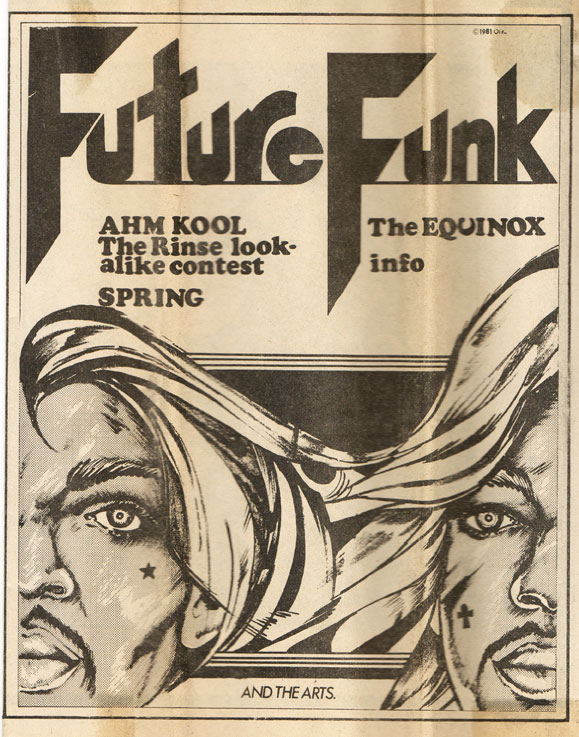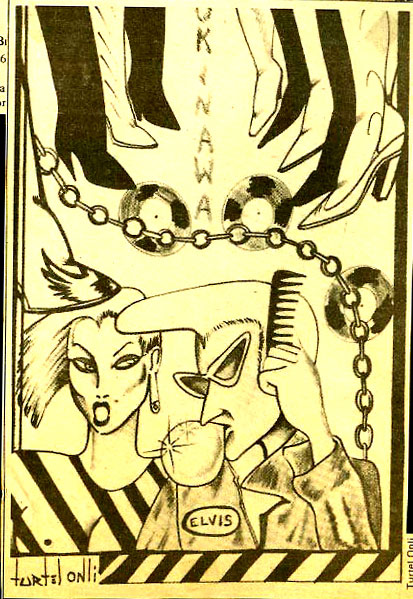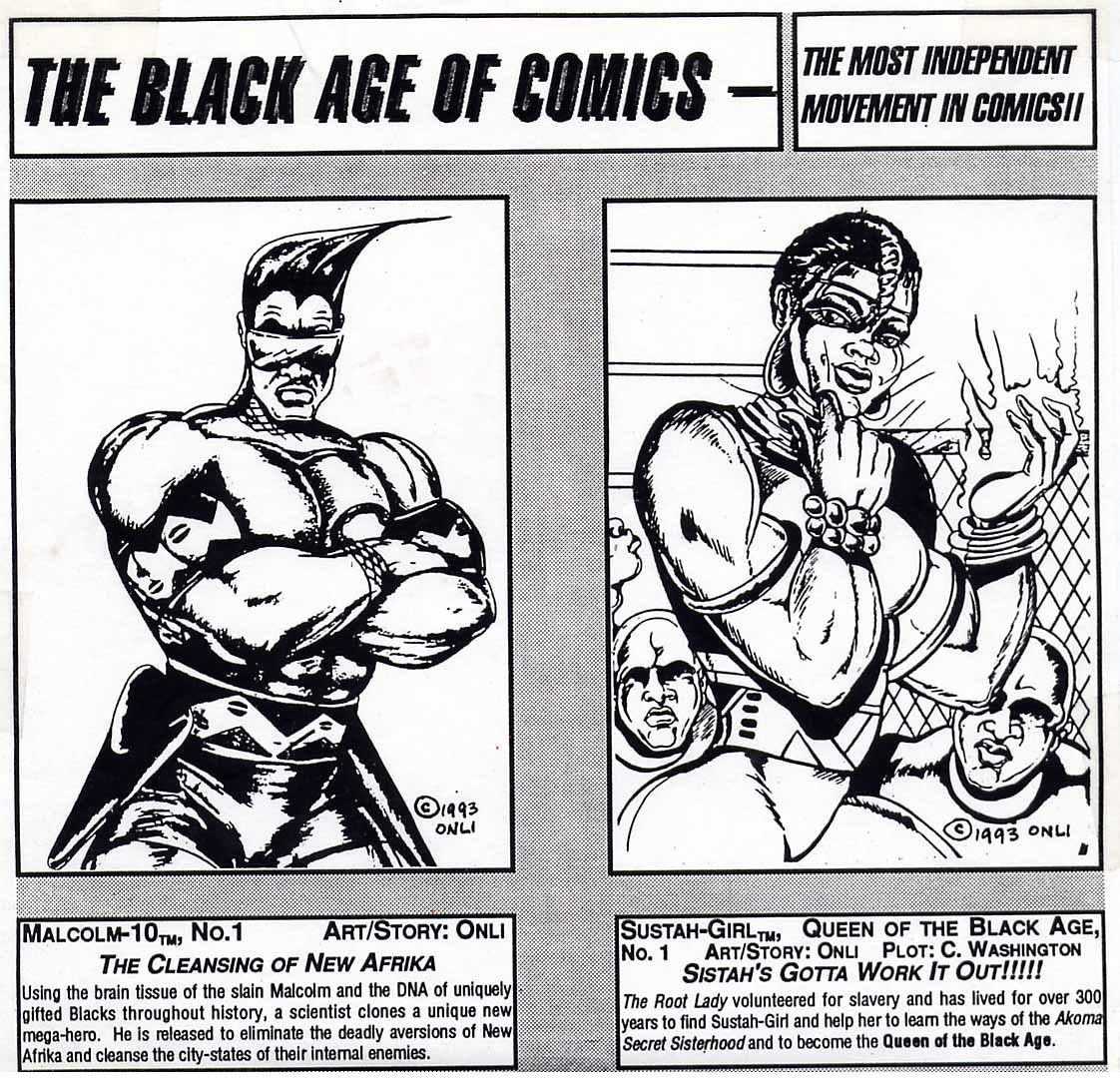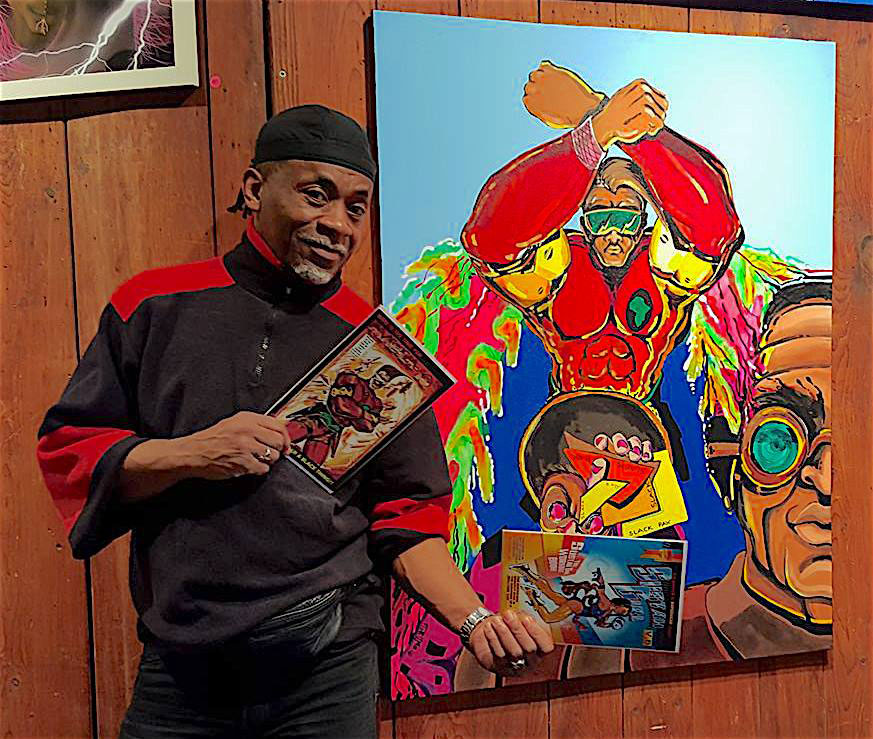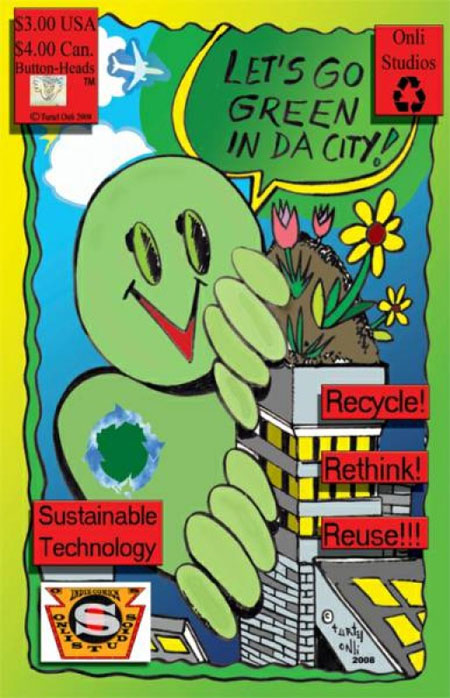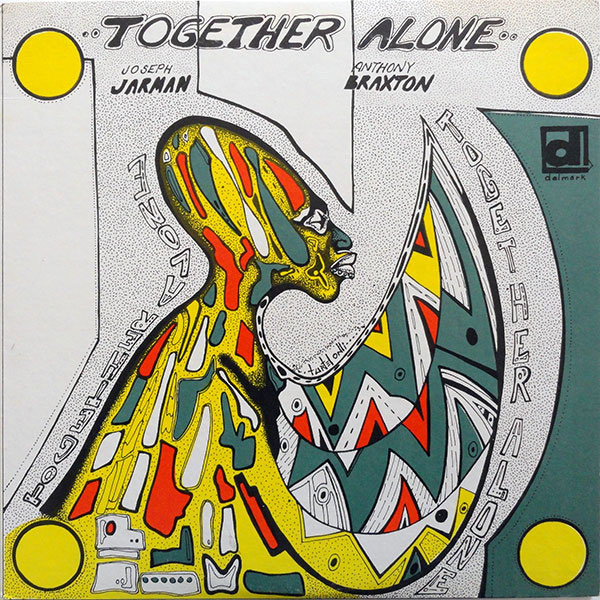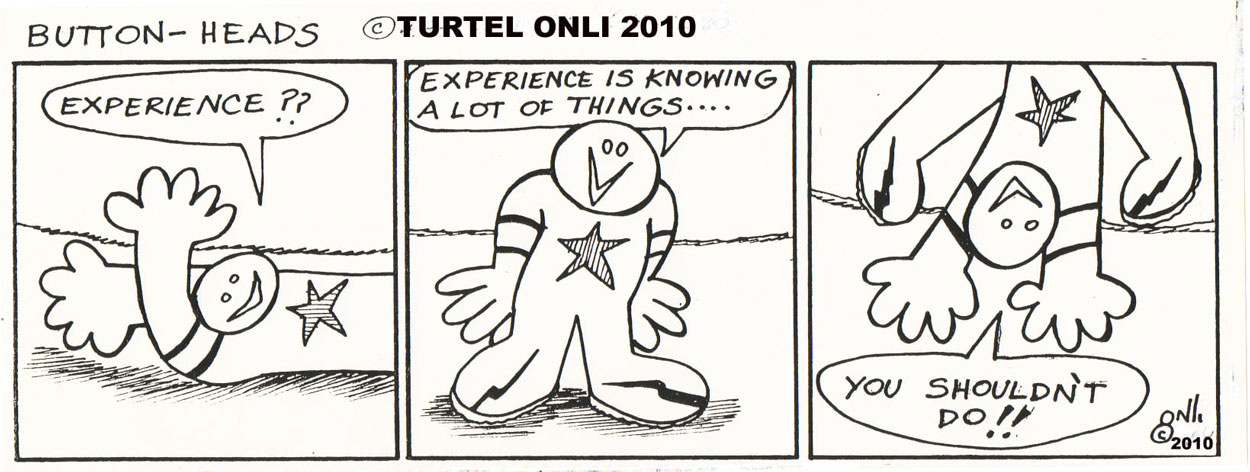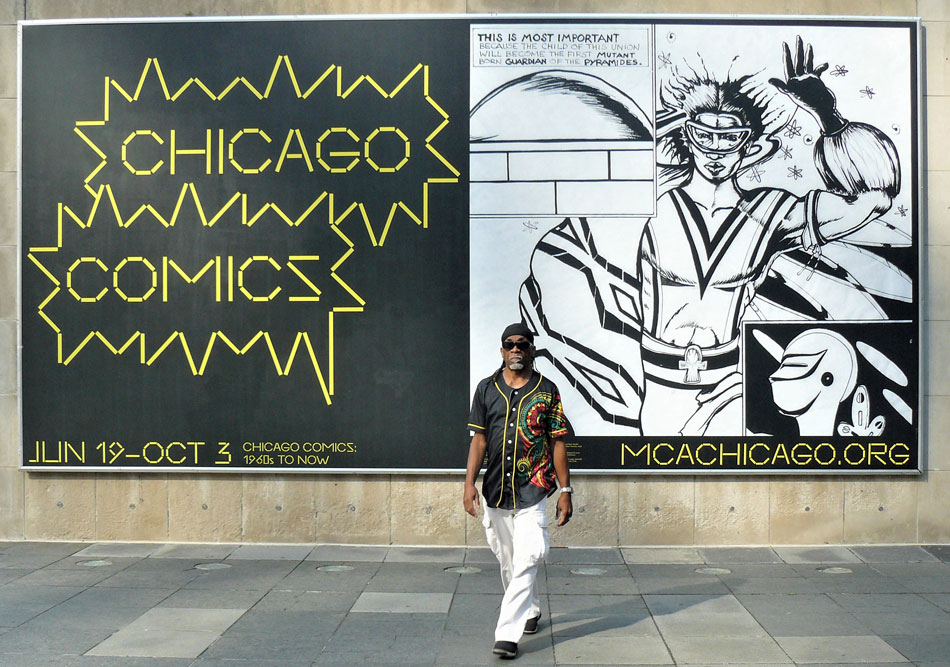'NOG, Protector of the Pyramides' (1981).
Turtel Onli was an American art teacher, publisher and comic artist. His work explored afrofuturism and black awareness, in a fun and all-inviting manner. A pioneer of African-American independent comics, Onli promoted various graphic projects with his publishing label Black Arts Guild (1970-1978) and since 2007 with the Onli Studios. As a comic artist, he was notable for creating the African-American superheroes NOG (1979) and Malcolm-10 (1992).
'Malcolm-10'.
Early life
Turtel Onli was born in 1952 in Chicago, Illinois, as Alvin Phillips. He never knew his actual parents and was raised by his grandparents until age 18. He inherited his creative drive from his grandfather, Samuel David Phillips, who was active as a reverend, but also enjoyed painting in his spare time. His granddad made illustrations of biblical stories, which he used during his sermons. Onli often observed him working on these drawings in his apartment, where his relatives, including young Turtel, were allowed to help along. Onli also showed skills in basketball, but when he asked his parents to sign papers for a basketball scholarship, they refused. Onli went to live with his grandparents for the rest of his youth.
Onli studied at the School of the Art Institute of Chicago, where he graduated with a Bachelor of Fine Arts and later a Master of Arts in Art Therapy. He enriched his interests and education with studying in Paris at the Sorbonne University. Among the artists he has admired are Al Hirschfeld, Hokusai and Norman Rockwell. In terms of comics, he enjoys Marvel Comics. During the 1970s, Onli coined the term "Rhythmism" as a future-primitif approach to the visual arts. His working methods are easily tied in with the 1990s rise of Afrofuturism, an artform where African-American culture is combined with spiritual and mythological themes.
Early comic art by Turtel Onli (1978).
When Onli was sixteen, in 1968, Martin Luther King was killed. When afterwards race riots broke out, Chicago Mayor Richard J. Daley took draconic measures by announcing a curfew and giving police forces the order to immediately shoot at any suspicious person. Two months later, Robert Kennedy was also assassinated, the Democratic National Convention was held in Chicago, and police forces were specifically ordered to arrest any activist at any sign of potential disruption. At the time, Onli had a student job, working as a grill chef at the Stouffer's Top of the Rock Restaurant in Chicago. Contemplating his life so far, he wanted to do something, but not in a violent manner. He decided to devote his life to art, which could make a positive contribution to society, while simultaneously criticizing certain politics. In the early 1970s, he worked as a courtroom sketch artist for WGN-TV.
Graphic career
Influenced by the underground comix movement, Turtel Onli started publishing comics through independent publishing channels. In 1970, he established the Black Arts Guild, often shortened to the acronym BAG. He not only brought out his own graphic work, but also offered room for other artists. One of them was Jim Smoote, who toyed around with watermelons in his art. Watermelons had been a stereotype associated with the African-American community for decades, often exploited in racially offensive to downright racist propaganda, where white people would portray black people guzzling down this fruit in a messy manner. Smoote repurposed this stereotypical symbol in his own artwork to rid it from these negative associations. The Black Arts Guild adopted the watermelon as its symbol. Older African-American generations didn't always grasp the satire and felt offended. As Onli commented on his personal blog: "The elders in the black art scene hated our concepts and further art historians would choose to marginalize B.A.G.'s impressive footprint and legacy. Sort of like being black-balled in black circles for being universally black." In 1978, the Black Arts Guild was disbanded.
Turtel Onli's Future Funk zine.
In 1974, Onli released 'Funk Book' and a series of greeting cards. In collaboration with the Osun Center of the Arts, he co-released the zine PAPER (1980) and, later that decade, the zine Future Funk. His illustrations have been featured in Avant Garde Magazine, Chicago Magazine, Ebony, MODE, The New York Times, Paris Métro and Hugh Hefner's Playboy (in its Oui Magazine insert), while he also made advertising art for the Chicago Children's Museum, Motown and Holt, Rinehart & Winston's college textbooks. Onli has named his works "rhytmistic fine art". He organized various exhibitions about African-American comics and afrofuturism over the years.
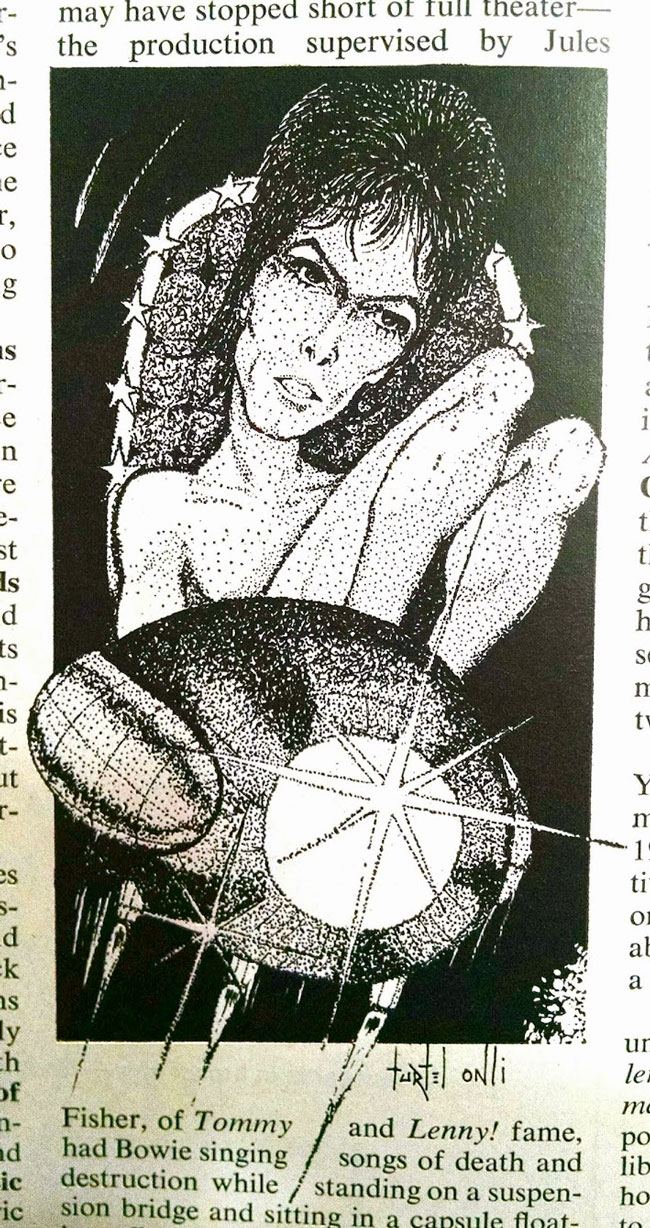
Artwork for Oui magazine (1974) and Paris Métro magazine (1978).
Educational career
Between 1984 and 1989, Onli worked as Art Therapist through his Black On Black Love Art Center in the Robert Taylor Homes Public Housing Complex (nowadays renamed Legends South) in Chicago, Illinois. In this center, he helped young people find an outlet for their personal problems by letting them paint and sculpt. He was also an art teacher at public schools in Chicago, including Columbia College. Later he became adjunct professor of Art Appreciation & Drawing at Chicago's Harold Washington College.
'NOG is Back!!' (1994).
Comics
In 1979, Onli's recurring character NOG made its debut in the weekly The Chicago Defender. NOG is a dreadlocked African-American superhero, whose name stands for "Nubian of Greatness". NOG fights against injustice in outer space, to defend his black planet. The character appeared in three graphic novels, 'NOG, Protector of the Pyramides' (1981-1982), 'NOG is Back!!' (1994) and 'Nog Nu!!' (2011). Onli self-published the comics and sold them at art fairs and in head shops. While he sometimes offered his stories to mainstream publishers, the editors often had trouble understanding that NOG wasn't a typical DC or Marvel superhero and couldn't follow the afrofuturistic themes. Even compared to established African-American superheroes like Luke Cage and Black Panther, NOG fought different kinds of battles and had other messages.
In 1992, Onli self-published 'Malcolm 10', based on his own experiences and efforts to bring aspects of positive conflict resolution and Black American historical culture to the gang- and crime-riddled community. In this graphic novel, an African-American superhero is cloned with the DNA of 10 unique black Americans, namely activists Malcolm X, Harriet Tubman, U.S. Marshal Bass Reeves, boxer Jack Johnson, athletes Jesse Owens and Wilma Rudolph, baseballer Satchel Paige, folklore character John Henry, actor and orator James Earl Jones and the Chicago strong-man entertainer McElroy. Under his new name Malcolm-10, he is programmed to solve problems faced by modern-day blacks. Malcolm 10 combats drug abuse, gang wars and racism by a telepathic power that teleports people to a "rhythmic zone" where they meet their karma.
Advertisement for the Black Age of Comics, featuring Malcolm-10 and Sustah-Girl, 1993.
Frustrated by lack of recognition and the overall dominance of DC and Marvel upon smaller comic publishers, Onli organized the Black Age of Comics (1993) convention at the Southside Community Arts Center in Chicago. The title was a stab at DC and Marvel's long histories, which have been divided into periods like the "Golden Age", "Silver Age" and "Bronze Age". Onli felt it was now time for a "Black Age", offering more room for African-American creators and themes relatable to readers from this demographic. As the convention was a success, new editions were held in 1994 and 1995. Similar Black Age of Comics events have been held in Atlanta, Georgia, Detroit, Michigan, Philadelphia, Pennsylvania and Bridgeport, Chicago. The conventions eventually had a positive effect on DC, since Dwayne McDuffie was allowed to launch an African-American publishing sub-division at DC, named Milestone Comics.
Together with Cassandra Washington, Onli created the graphic novels 'Sustah-Girl' (1993) and 'Grammar Patrol' (1994), both released by Castel Publications. In 2007, he opened the Onli Studios at the Bridgeport Arts Center in Chicago. One of his earliest releases was 'The Origins of Team Blanga: Heroes of the Black Age' (2007), a graphic novel which came with an accompanying CD by Hardy Headz. Later releases by Onli Studios have been the environmental-conscious 'Let's Go Green in the City' (2008) and 'Sasa' (2010).
'NOG Is Back!!' and 'Let's Go Green In Da City!'.
Graphic contributions
Over the years, Turtel Onli has designed various album covers. In 1974, he livened up the cover of Joseph Jarman and Anthony Braxton's freejazz record 'Together Alone' (1974). A potential big break occurred in 1978, when Onli was commissioned to make a cover of the Rolling Stones album 'Some Girls'. On Onli's personal blog, a photo of guitarist Keith Richards can be seen looking at Onli's proposed artwork. The band members wanted something "absolutely offensive", which Onli obliged them. However censors objected to the image, so it wasn't used. Decades later, the illustration was used on Michael Ferragosto's acid house album 'Private Acid Traxs Vol. 1' (2015).
'Together Alone', album cover for Joseph Jarman and Anthony Braxton, 1974.
Onli also designed Captain Sky's 'Pop Goes the Captain' (1979 and the rap record 'Rap To The Wise!' (1985) by an unidentified musician. In collaboration with one of his graphic inspirations, Pedro Bell, Onli co-designed the album cover for George Clinton's 'You Shouldn't-Nuf Bit Fish' (1983). Together with Akousa Bandele, Onli additionally designed the jewelry worn by the members of the band First Love on the cover of their album 'Love At First Sight' (1982). Onli was one of several artists to contribute to the collective 'FYI – Black Comix' (Mark Batty, 2010).
Recognition
Since 1979, Onli's artwork has been the subject of several exhibitions. He was curator of the 'Reverend Phillips and Turtel Onli: An Artistic and Spiritual Legacy' exhibition (11 February - 6 March 2005), held at the Center for the Visual and Performing Arts in Munster, Indiana. Between 9 January and 27 February 2015, the exhibition 'Rhythmistic Journey: The Art Enterprises of Turtel Onli' (2015) was held in the Harold Washington Library Center. Between 19 June and 3 October 2021, Onli was one of several artists featured in the 'Chicago Comics: 1960s to Now' exhibition in the Museum of Contemporary Art in Chicago, where an image of his character 'NOG: The Protector of the Pyramids' was featured on a mural painting. During the same event, Onli also made a painting of NOG for a live audience.
During the 2006 Glyph Comic Awards, Onli was honored with a Pioneer Lifetime Achievement Award. Jazz legends Miles Davis and Alice Coltrane have had Turtel Onli artwork in their private collections. Turtel Onli signed at Lambiek on 23 March 2018.
Death
Active at the Bridgeport Arts Center until the very end, Turtel Onli died on 15 January 2025. After the news spread online, the Chicago art community mourned the loss of "The Father of the Black Age of Comics", honoring him as a mentor and innovator.


